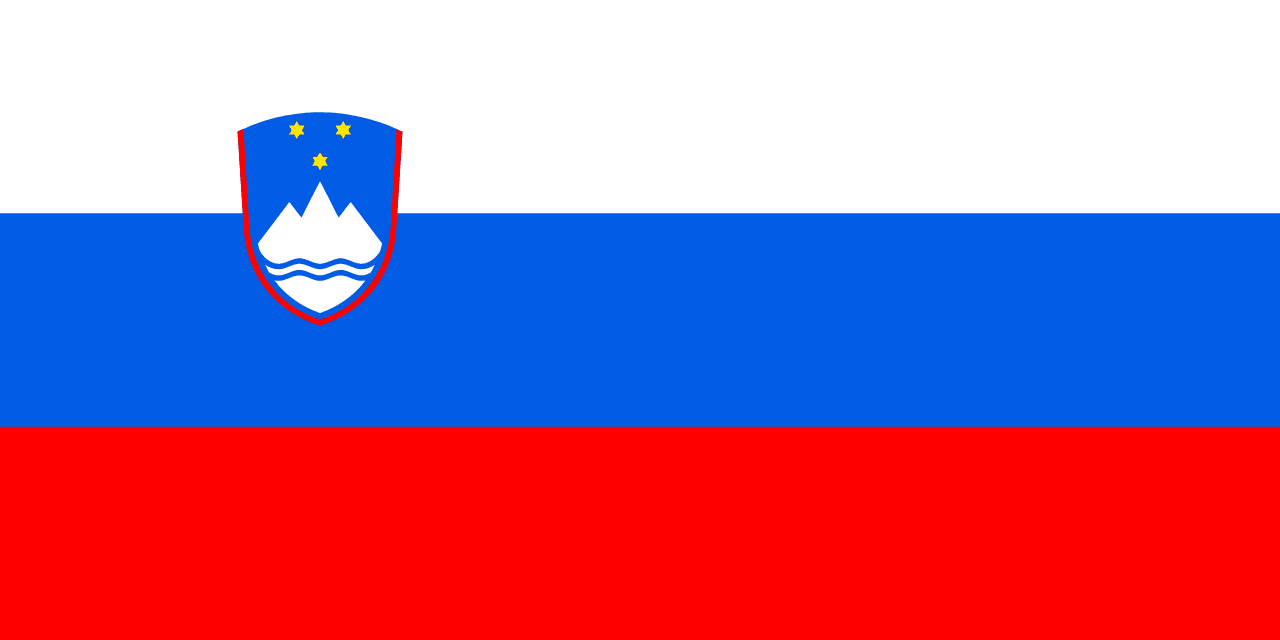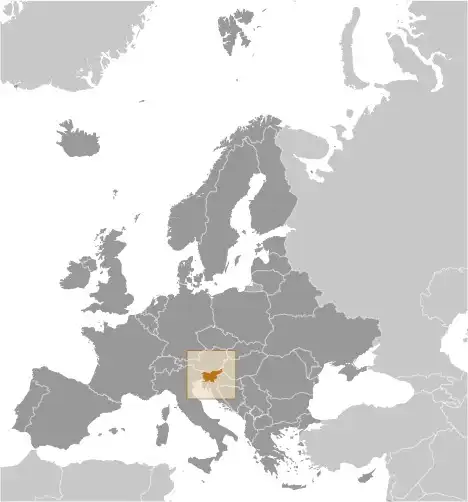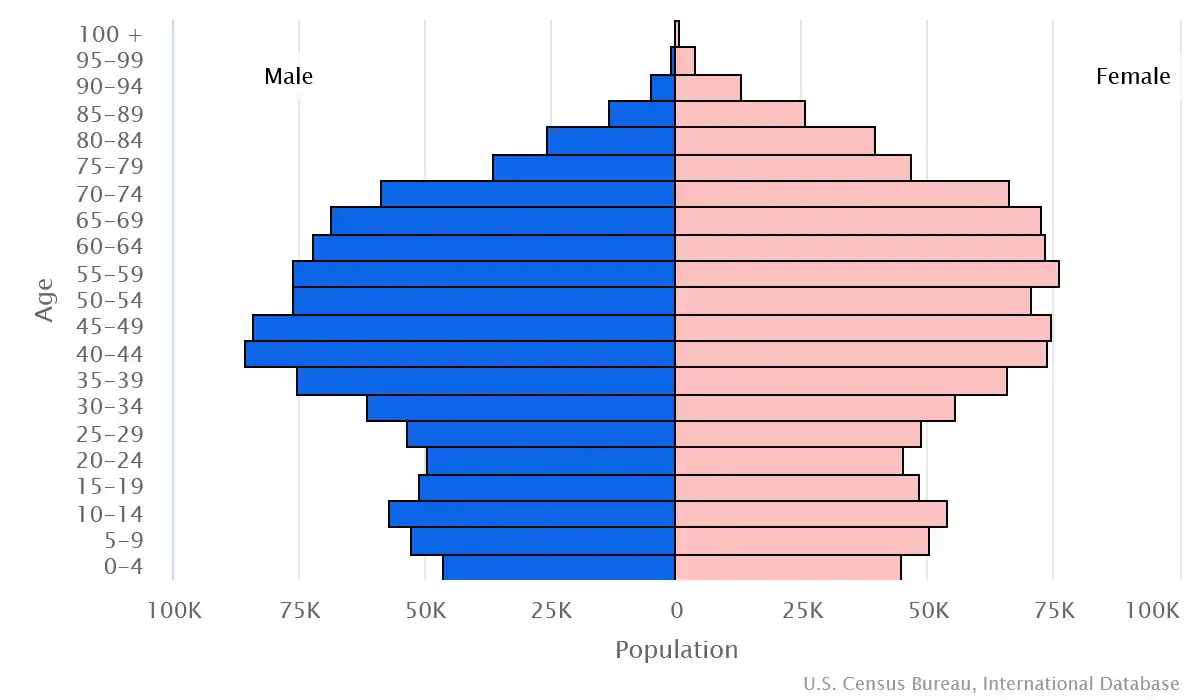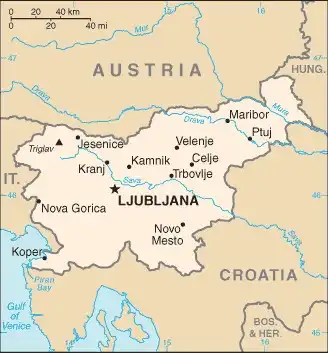
Slovenia Country Profile
Key Facts of Slovenia

| Government type: | parliamentary republic |
| Capital: | Ljubljana |
| Languages: | Slovene (official) 87.7%, Croatian 2.8%, Serbo-Croatian 1.8%, Bosnian 1.6%, Serbian 1.6%, Hungarian 0.4% (official, only in municipalities where Hungarian nationals reside), Italian 0.2% (official, only in municipalities where Italian nationals reside), other or unspecified 3.9% (2002 est.) |
Slovenia Demographic Data
Ethnic Groups in Slovenia(2002 est.)
Religious Groups in Slovenia (2019 est.)
Age pyramid of Slovenia

Slovenia Economy Statistics
Economic overview of Slovenia
high-income, EU and eurozone member economy; high per-capita income and low inequality; key exports in automotive and pharmaceuticals; tight labor market with low unemployment; growth supported by EU funds and reconstruction from 2023 floods; pressures over public sector wage demands
Slovenia Real GDP (purchasing power parity) in Billion $
Slovenia Real GDP per capita in $
Slovenia's Exports & Imports in billion $
Top 5 Import Partnerin 2022 (55%) of Slovenia
Top 5 Import Commodities in 2022 of Slovenia
- packaged medicine 💊
- nitrogen compounds 💨
- refined petroleum ⛽
- cars 🚗
- electricity ⚡
Top 5 Export Partnerin 2022 (58%) of Slovenia
Top 5 Export Commodities in 2022 of Slovenia
- packaged medicine 💊
- cars 🚗
- refined petroleum ⛽
- electricity ⚡
- vehicle parts/accessories 🛠️🚗
Geography of Slovenia
Map of Slovenia

Land and Water Distrubtion of Slovenia
Natural Resources of Slovenia
- lignite 🪨
- lead 🪙
- zinc 🔩
- building stone 🪨
- hydropower 💧⚡
- forests 🌳
Climate inSlovenia
Mediterranean climate on the coast, continental climate with mild to hot summers and cold winters in the plateaus and valleys to the east
History of Slovenia - a Summary
The Slovene lands were part of the Austro-Hungarian Empire until the latter's dissolution at the end of World War I. In 1918, Slovenia became part of the Kingdom of Serbs, Croats, and Slovenes, which was renamed Yugoslavia in 1929. After World War II, Slovenia joined Bosnia and Herzegovina, Croatia, Macedonia, Montenegro, and Serbia as one of the constituent republics in the new Socialist Federal Republic of Yugoslavia (SFRY). In 1990, Slovenia held its first multiparty elections, as well as a referendum on independence. Serbia responded with an economic blockade and military action, but after a short 10-day war, Slovenia declared independence in 1991. Slovenia acceded to both NATO and the EU in the spring of 2004; it joined the euro zone and the Schengen Area in 2007.
